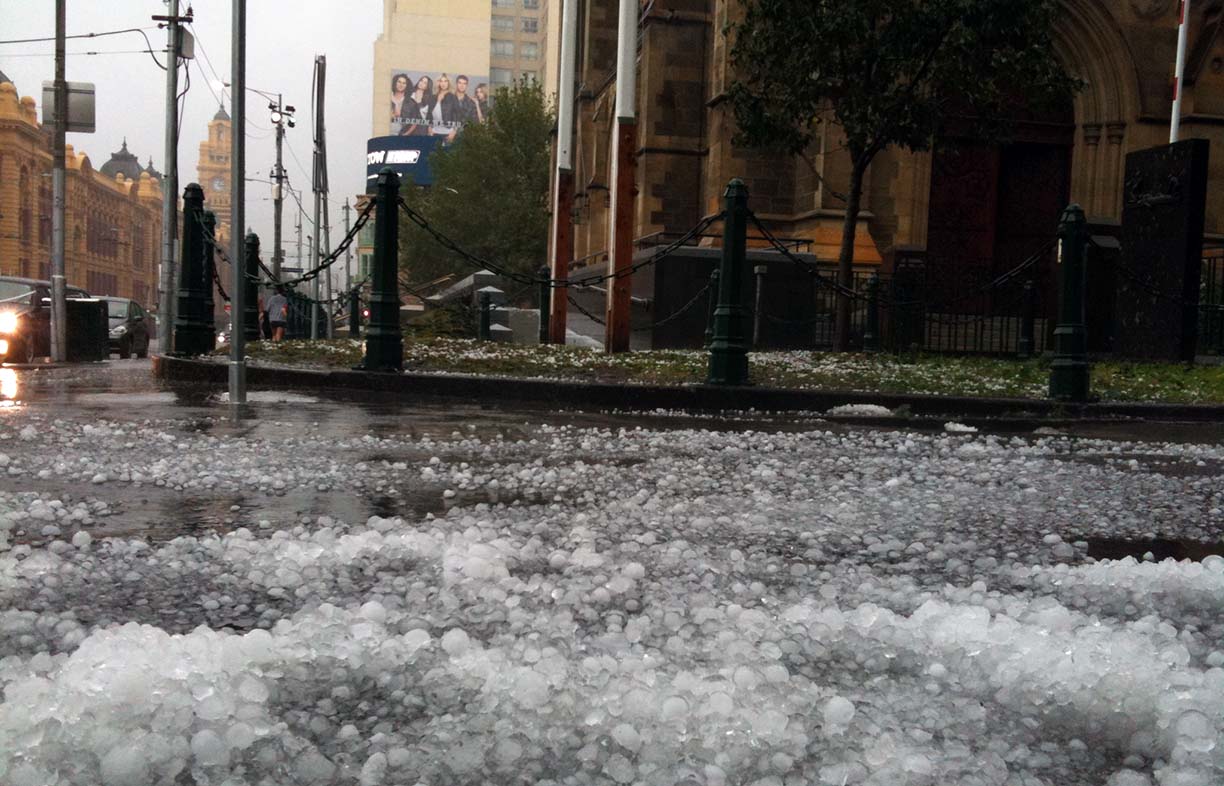Your solar panels and hail storms

With the recent wild weather around the country, and in particular the recent heavy hail storms, there is potential for damage to solar panels in domestic solar systems. While solar panels are very robust, often more so than the roof they are sitting on, damage can still occur in extreme hailstorms like those recently. There are a few things you can do to check that your system hasn’t been affected, and if it has, what you can do then.
Firstly, check to make sure your system is producing power. If not, there may have been catastrophic damage to the panels. If it is, check that it is producing the level of power that would be typical for the existing conditions. If it is considerably lower than this there is most likely a problem (but note that output can be affected by other factors including the age of the panels).
Check for any fault messages, e.g. a ground fault listed on the inverter screen.
If your panels are visible from the ground, check that there are no obvious broken panels (the glass will break like safety glass, turning into many small pieces, not long shards like regular window glass). Any smashed panels will need to be replaced. Don’t climb on the roof as it may be dangerous, especially if there is panel damage that may produce an electrical hazard.
If your panels are damaged or you suspect problems, you should contact your home insurer to check to see if the solar system is covered under your policy. If not, you may have to pay for replacement panels yourself.
It is possible that the hail impacts may not have smashed the panel glass but may have introduced microcracks into the panel cells themselves. If your system was subject to hail larger than the standard test size (25mm), or even if the hail was smaller but close to this size, it is best to have the system examined by your solar installer.
If your solar installer is no longer in business, please refer to our section How do I choose a good solar installer on our web page under “How we can help”.
Have your installer inspect the panels closely. They may need to check each panel for hotspots using a thermal camera, or perform other tests to verify panel faults.
While it doesn’t specifically mention hail damage, the CEC (Clean Energy Council) has a basic information page on solar in natural disasters at https://www.cleanenergycouncil.org.au/consumers/natural-disasters-and-emergencies

